General Conclusion
Risk is one of the most prominent issues in traditional financial markets. In particular, risk helps investors to quantify a specific number representing an asset value, in order to assess whether that level of risk is acceptable.
In DeFi, however, risk is often undervalued as the majority of participants do not fully appreciate it. Several lending/borrowing protocols are at the forefront of this field when it comes to assessing the risk of an asset. In other protocols we rarely see full consideration of risk.
In this article, we will introduce the concept of systematic risk (generalised) from traditional markets to DeFi.
What Is Systematic Risk?
Assuming you invest in a single asset, what is the source of risk for this "portfolio"?
We can say that there are two common sources of uncertainty:
- Risks arise from overall economic conditions, such as business cycles, inflation, interest rates and exchange rates. These economic factors are difficult to predict with certainty and all affect the return on assets.
- Risk comes from the asset itself (specificity). For example, is the government controlling the asset or is their direct demand for it, etc. These factors affect one asset but do not affect other assets.
Now we look at the "portfolio" of even more assets (a diversification strategy), asking the same question, what about portfolio risk?
Diversifying multiple asset classes spreads the risk of the entire portfolio. The ability to decrease the value of one asset provides the ability to increase the value of another asset. These effects will offset and stabilise the return on the entire portfolio and portfolio volatility will continue to decrease.
However, even if we hold a certain amount of assets (e.g. >1000 assets), we still cannot avoid risk completely, because almost all assets are affected by factors such as general macro factors. For example, if all assets held are affected by the business cycle, then we cannot avoid business cycle risk no matter how many assets we hold.
This risk that persists even after diversification is called market risk, which is associated with sources of market-wide risk. Such risk is also known as systematic risk, or non-diversifiable risk.
Note: Risk that can be eliminated by diversification is called unique risk, nonsystematic risk, or diversifiable risk.
TLDR:
In conclusion, risk analysis of DeFi protocols is a very complex process as the areas of risk exposure are very different and often interfere with each other. For example, a protocol that allows more freedom in governance will attract investors who want to make the most out of being able to cast their votes on a wide variety of factors, but it will also be subject to more volatility in changes and be undesirable to another group of investors who want to hold the tokens for stability in asset value. Thus, we have to be clear of our purpose first, and then make the relevant analysis and comparison across protocols.
[link] [comments]

You can get bonuses upto $100 FREE BONUS when you:
💰 Install these recommended apps:
💲 SocialGood - 100% Crypto Back on Everyday Shopping
💲 xPortal - The DeFi For The Next Billion
💲 CryptoTab Browser - Lightweight, fast, and ready to mine!
💰 Register on these recommended exchanges:
🟡 Binance🟡 Bitfinex🟡 Bitmart🟡 Bittrex🟡 Bitget
🟡 CoinEx🟡 Crypto.com🟡 Gate.io🟡 Huobi🟡 Kucoin.

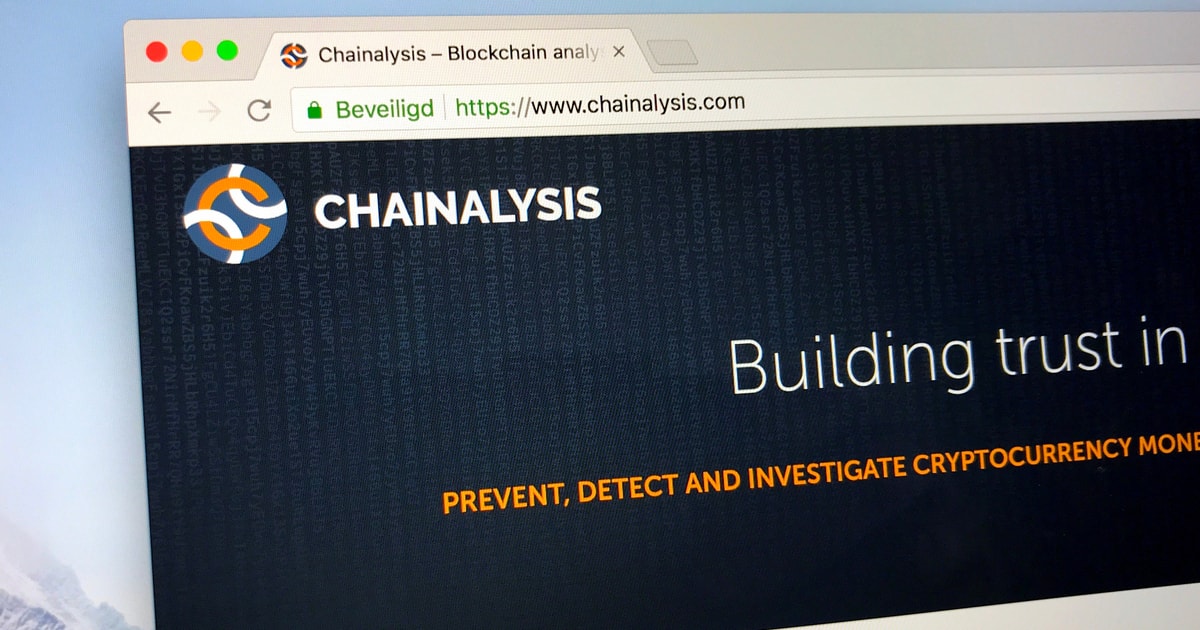



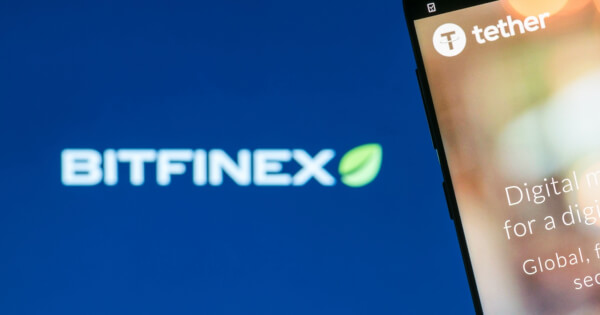


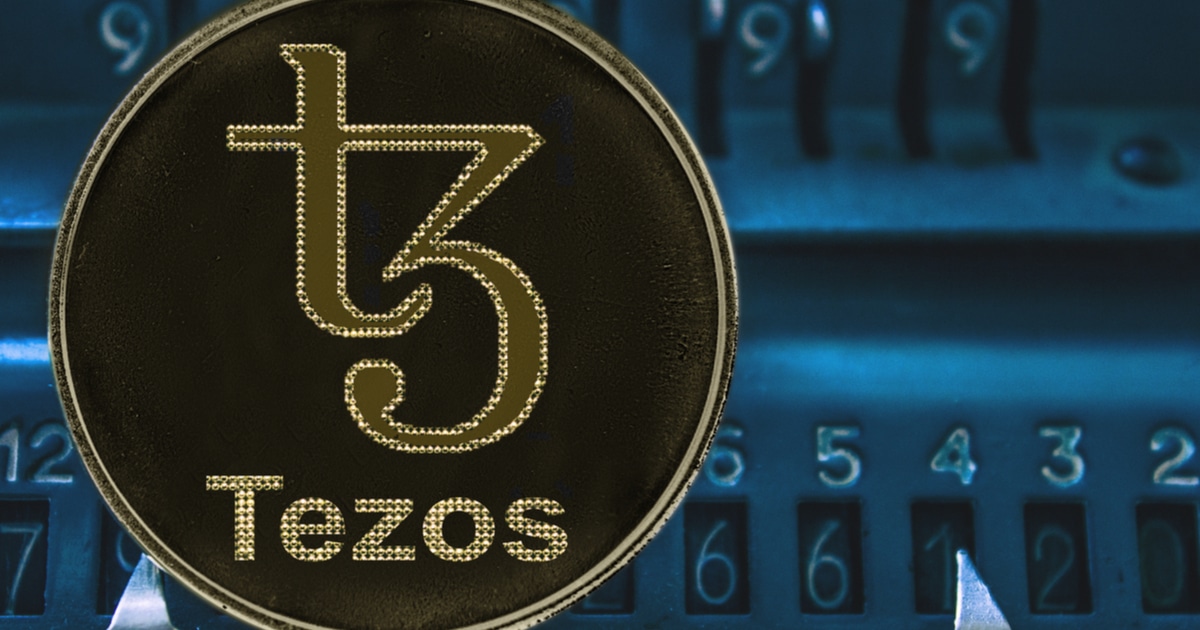

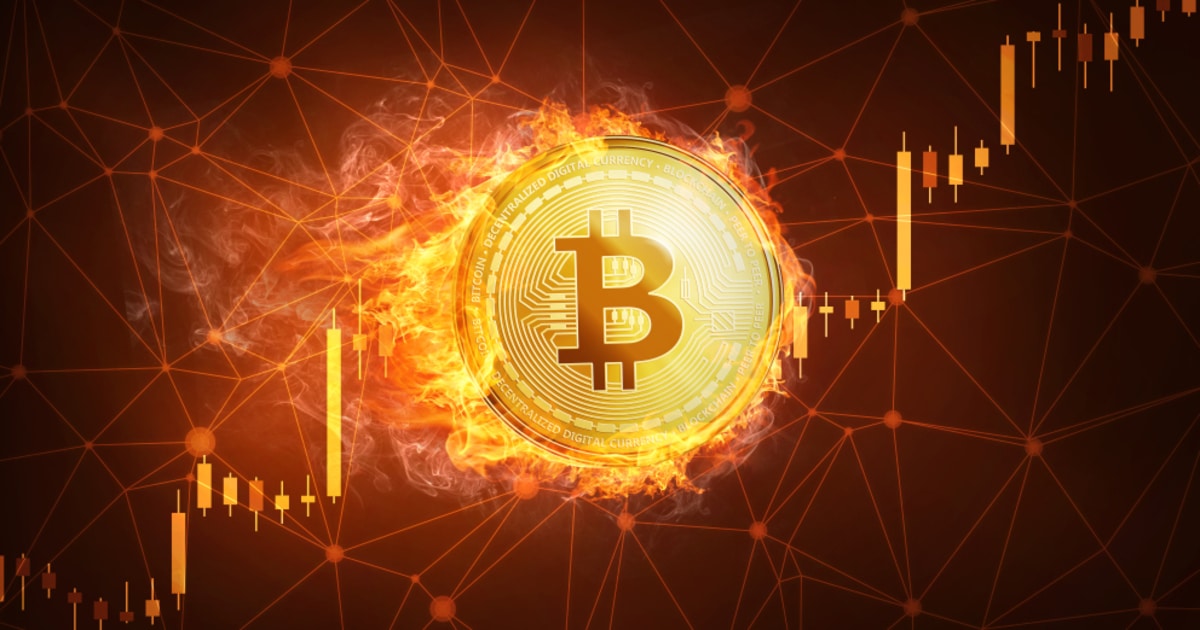



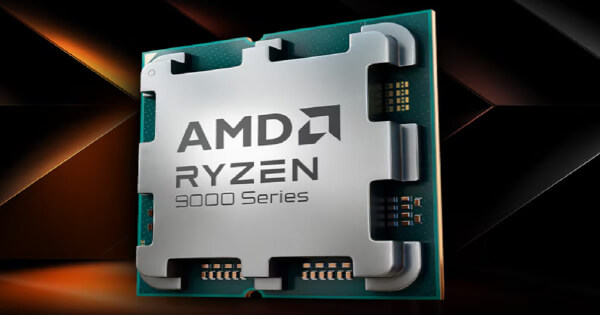
Comments